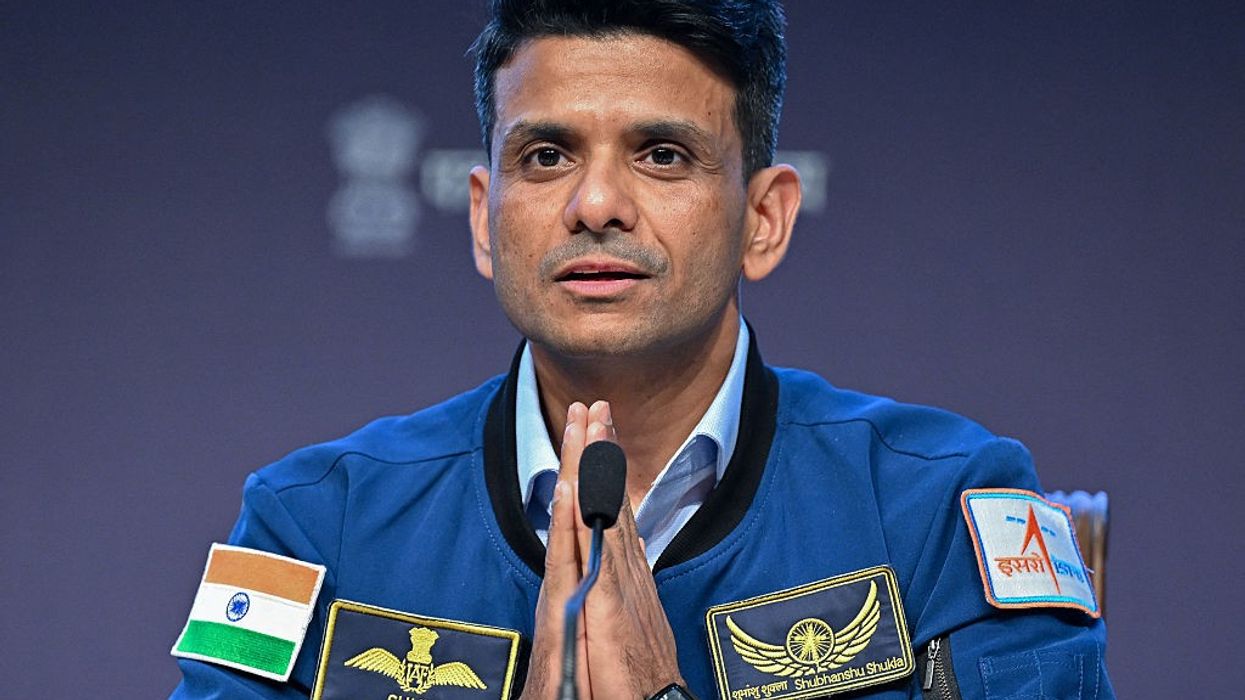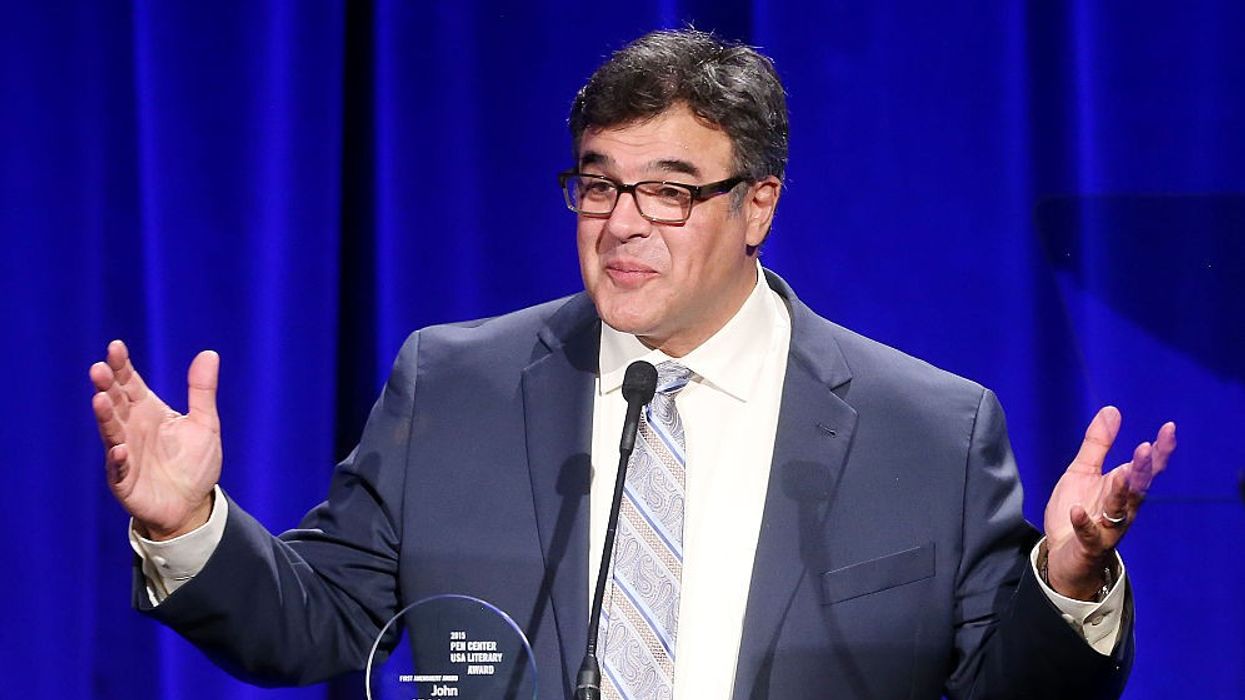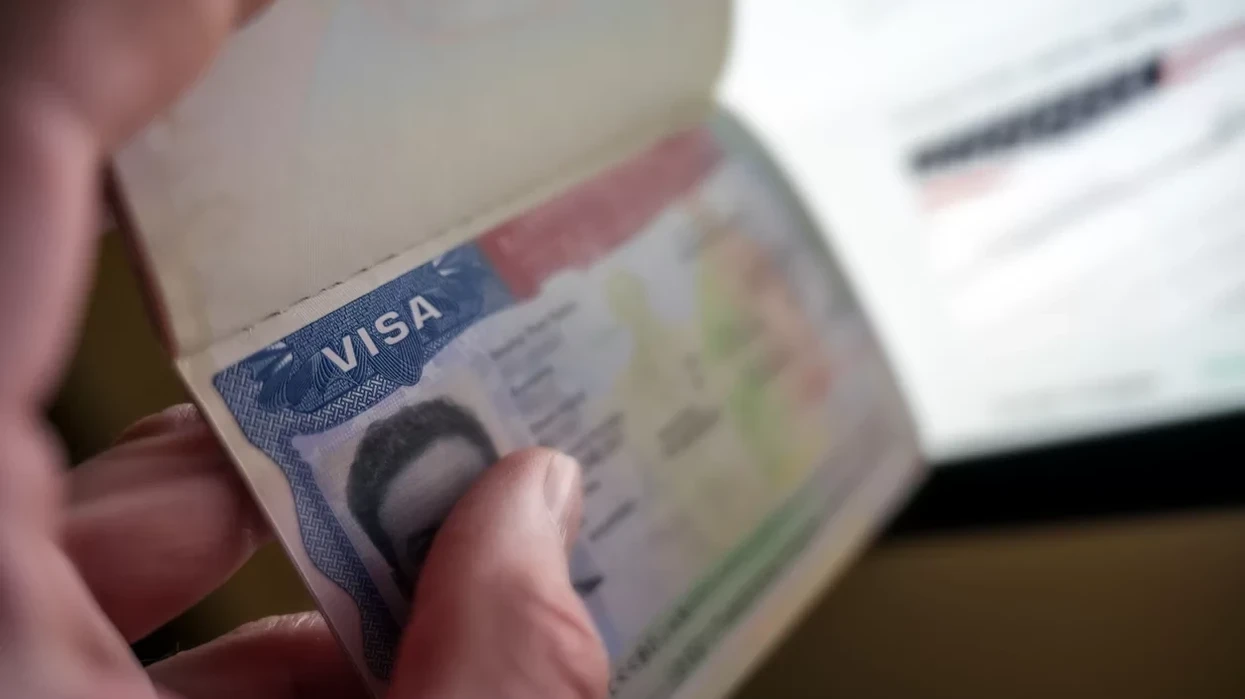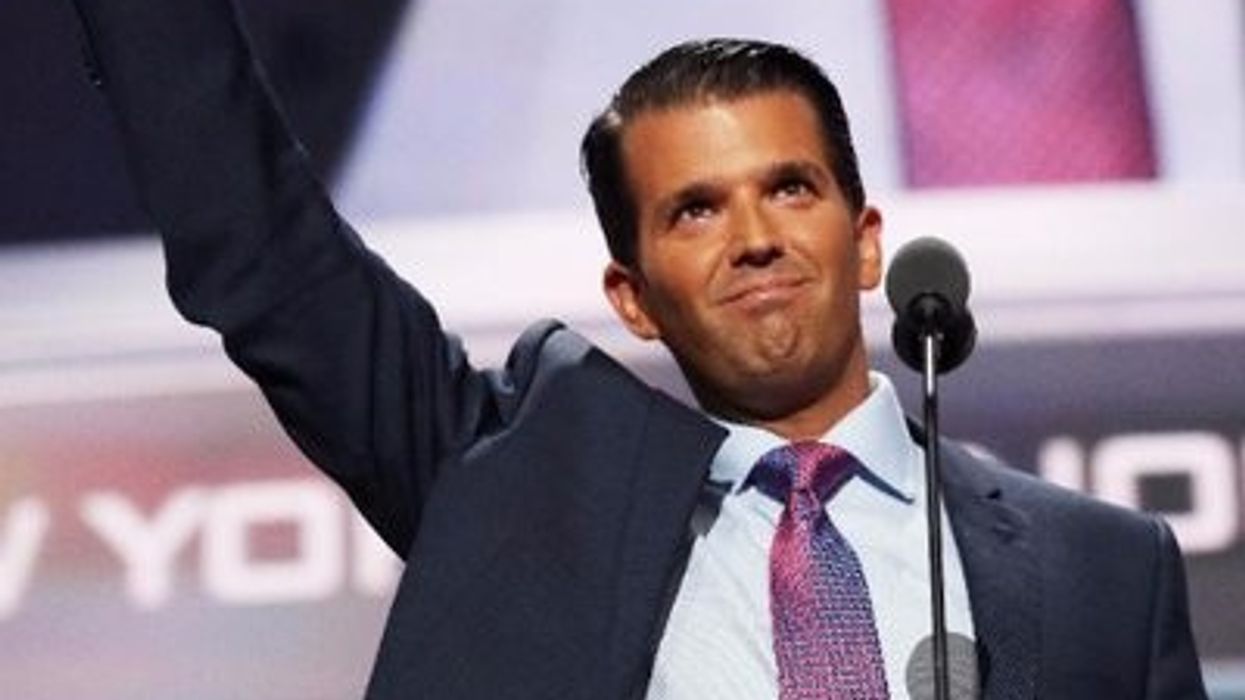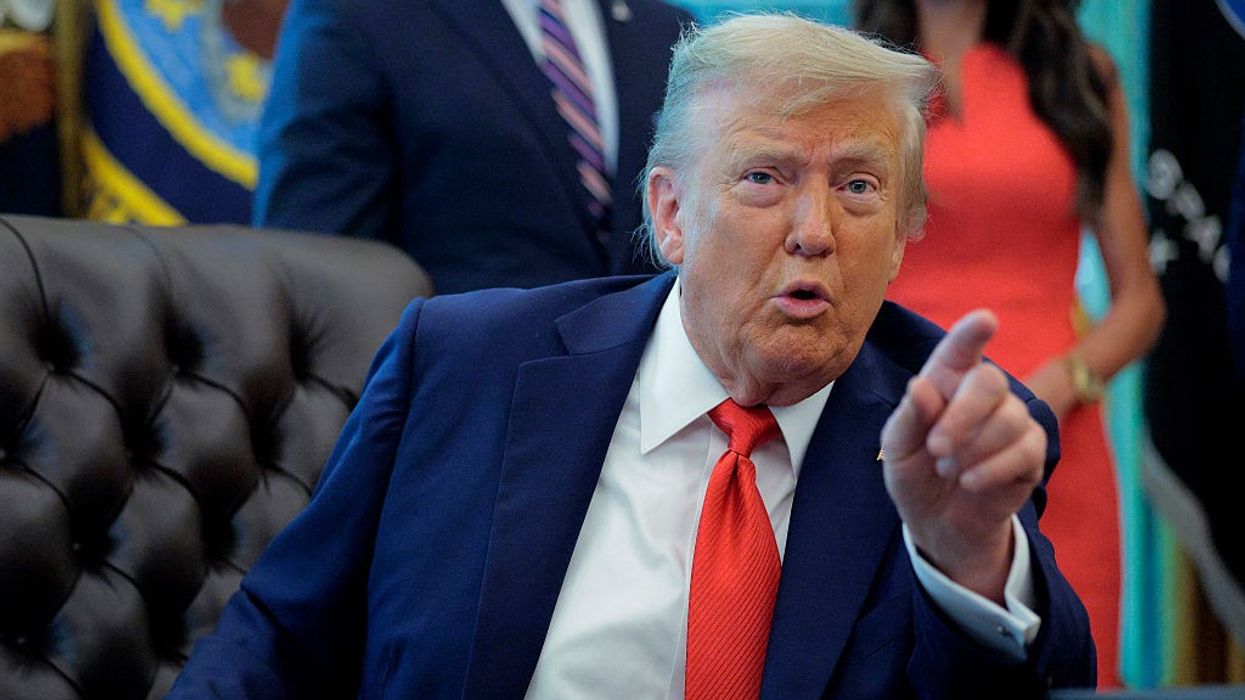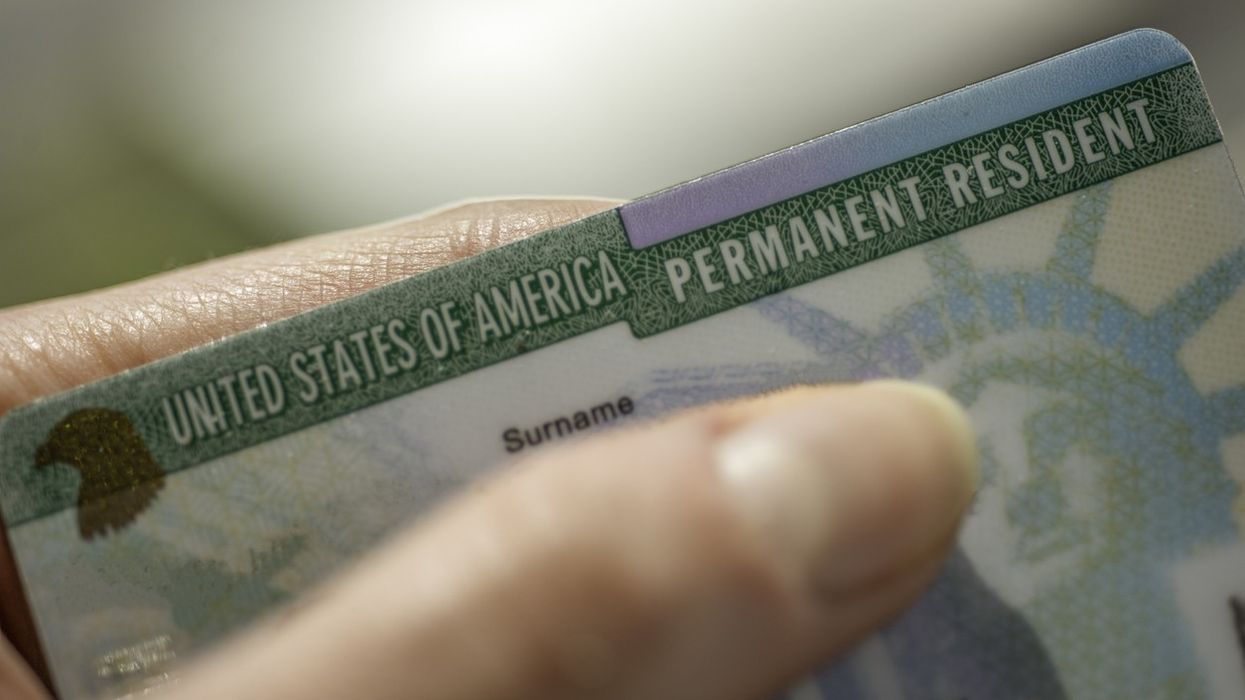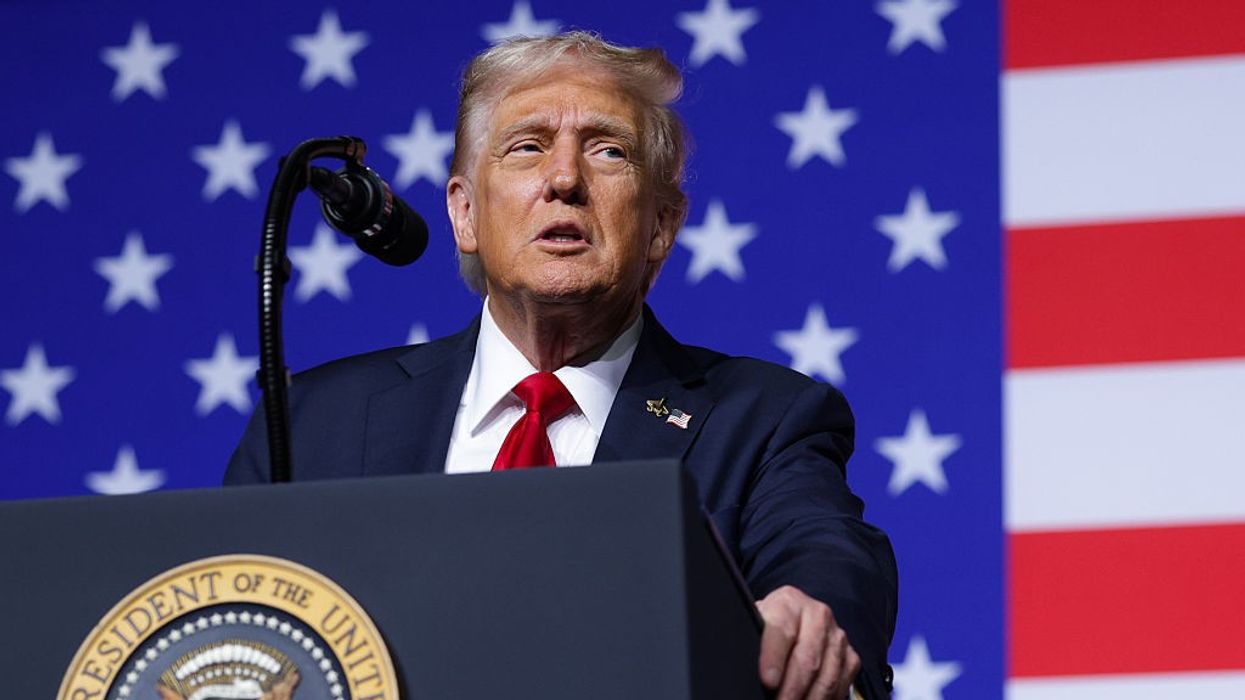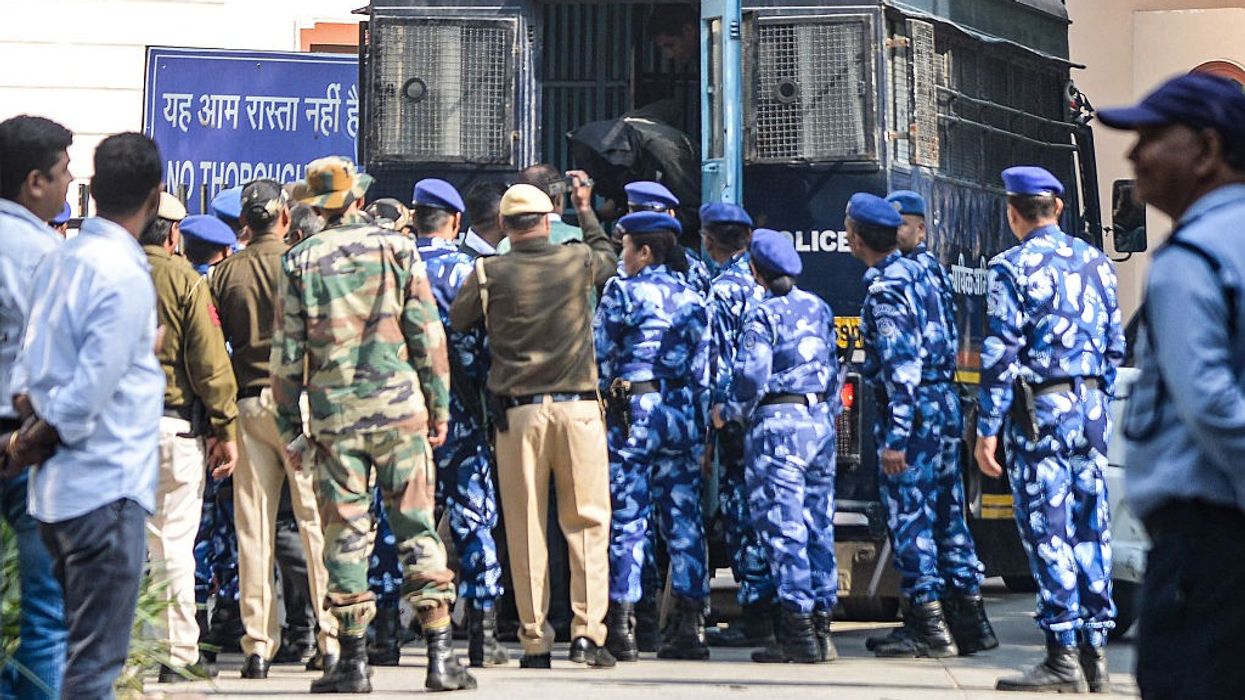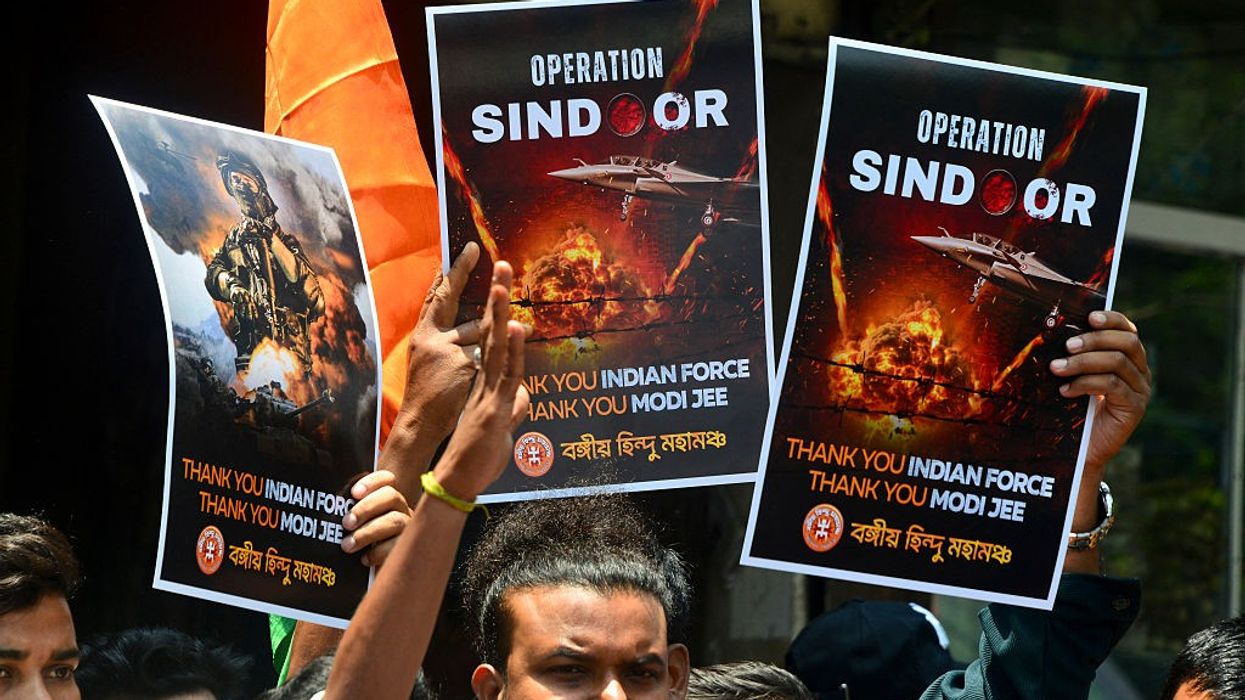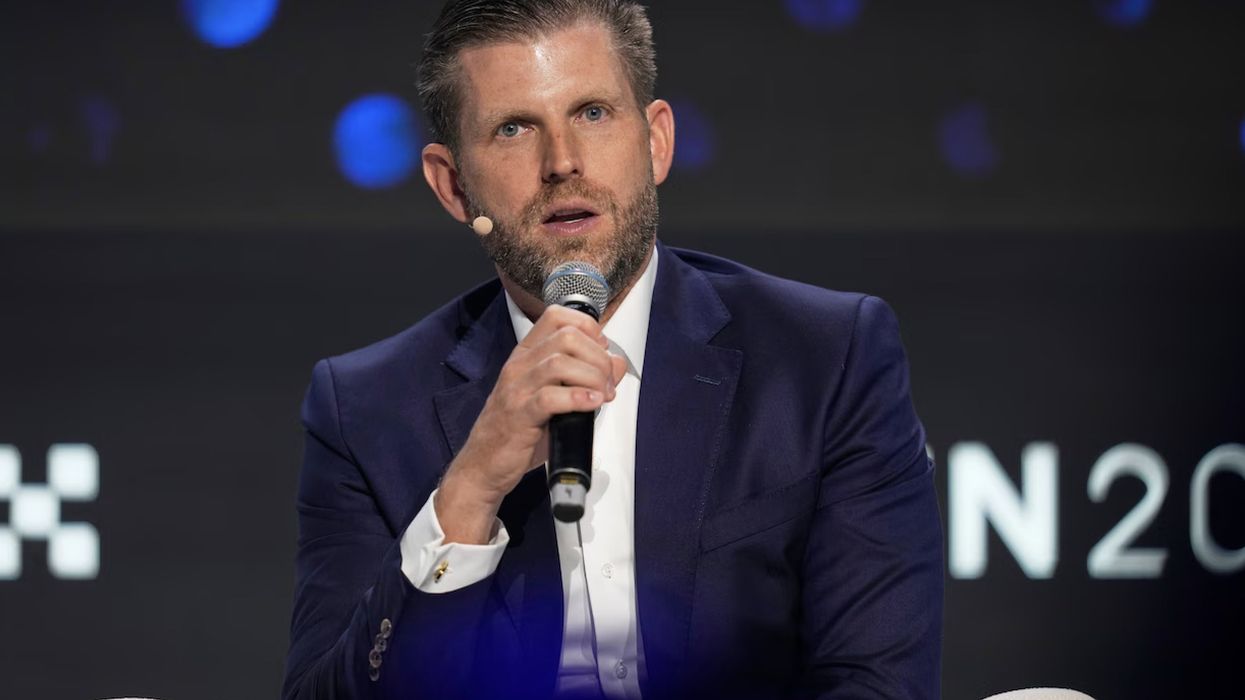As Indian trade officials arrived in Washington for a final round of negotiations before the July 9 deadline on reciprocal tariffs, US President Donald Trump suggested that a significant trade deal with India could be imminent.
Speaking at a White House event, Trump said, “We have one coming up, maybe with India. A very big one. Where we’re going to open up India.” He did not elaborate on the specifics, but his comments have raised expectations for a major bilateral agreement following the recent US-China trade deal.
Agriculture at the Heart of the Dispute
Despite the optimism, agriculture remains the most contentious issue. The US is pressing India to grant greater market access for American agricultural products, particularly soybeans, corn, and apples—commodities for which the US seeks new markets amid ongoing trade tensions with China.
India, however, is cautious about lowering tariffs on these items, citing the need to protect its farmers and rural economy. Staples such as rice and wheat are considered non-negotiable by Indian negotiators, while there is some willingness to consider tariff reductions on less sensitive products like nuts.
A NITI Aayog working paper recently suggested that India could offer concessions on soybean oil imports to help address the trade imbalance without harming domestic producers. As the world’s largest importer of edible oil, India’s openness to US soybean oil could be a key bargaining chip.
Progress and Pressure in the Final Round
The current round of talks is seen as crucial, especially after previous discussions yielded little progress on market access in agriculture and other sensitive sectors. Indian officials are under pressure to accept US demands in order to avoid the imposition of a 26 per cent reciprocal tariff on Indian goods, which was suspended for 90 days from April 10 but is set to resume if no deal is reached. The White House has indicated that the July 9 deadline could be extended to allow more time for negotiations on a balanced agreement.
Broader Trade and Strategic Ties
Both sides have made progress in other areas, including digital trade, customs procedures, and technical standards, with a provisional agreement possible before the deadline. India’s Commerce Minister Piyush Goyal has emphasized that both Prime Minister Narendra Modi and President Trump are committed to a “fair, equitable and balanced agreement” to boost business ties.
India is also seeking to diversify its oil and defense procurement, with officials noting that increased imports from the US could help bridge the trade gap. India’s crude oil imports from the US rose by over 11% to $63 billion in March 2025 compared to the previous year, reflecting growing energy cooperation.
Looking Ahead: Potential for Last-Minute Deal
While the path to a comprehensive trade deal remains uncertain, officials on both sides have not ruled out a last-minute breakthrough, especially if Modi and Trump intervene directly.
Even in the absence of a deal, Indian officials stress the country’s long-term commitment to the US as a strategic economic partner, while maintaining policy independence and hedging against potential US policy shifts by pursuing trade agreements with the EU and UK.
As the July 9 deadline approaches, the focus remains on whether the two countries can bridge differences—especially on agriculture—and finalize an agreement that could reshape the future of India-US economic relations.


